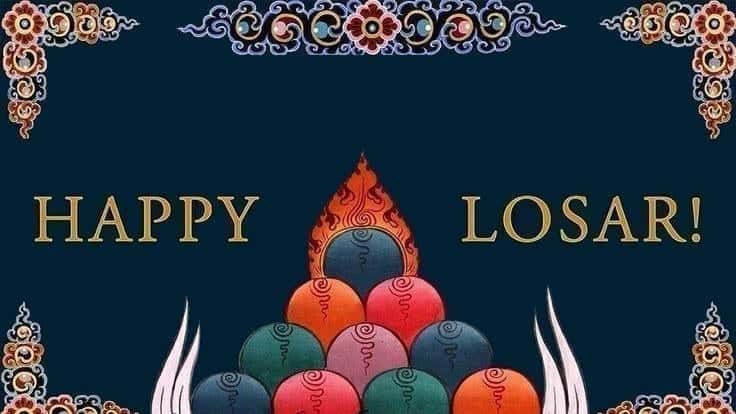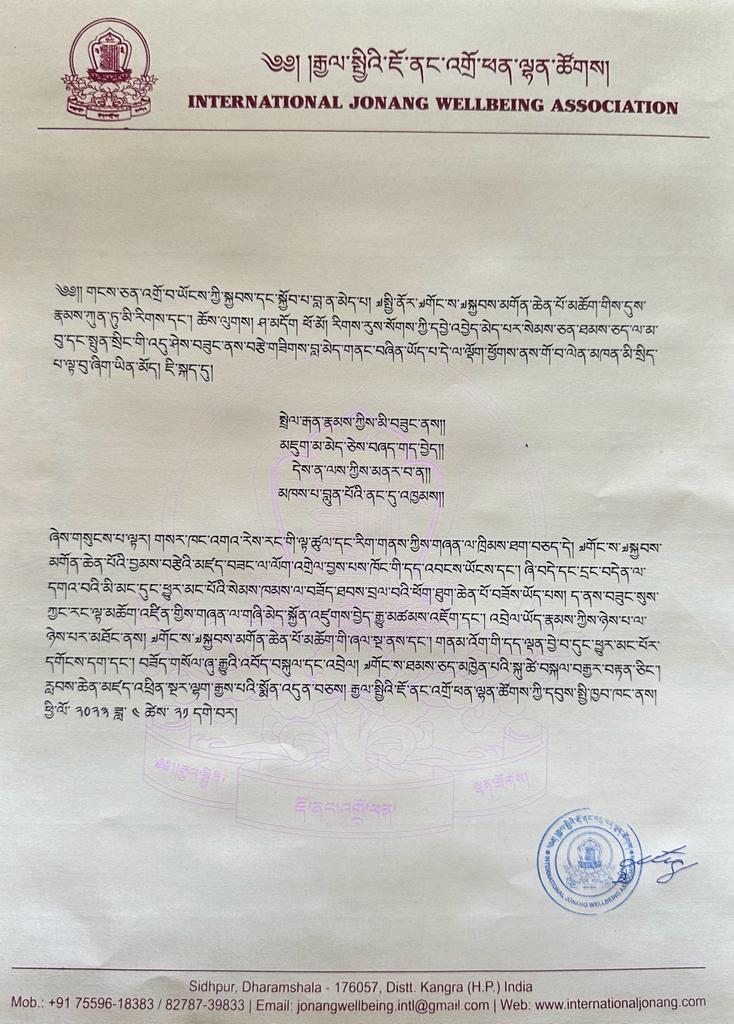Mountain Doctrine
Part three The latter two commentaries are said to have been composed using therubric, or grid, of the Kālachakra Tantra, and thus all three are Kālachrelated. Döl-bo-ba speaks of these three as the quintessential instructionstenth-ground bodhisattvas. He also draws on a vast array of sütras, tantraand Indian treatises. Despite having relied on this plethora of Indian sources, the MountainDoctrine was received with amazement and shock. However, Döl-bo-ba alsowas highly lauded and received great offerings from exalted religious figures of the day, among whom he indeed was one of the greatest. He gave teachings sometimes to thousands of persons and at other times to the luminaries of his period. He was invited, along with Bu-dön Rin-chen-drup- another great master of Kalachakra to China by the Yüan dynasty (Mongolian) Emperor Toghon Temür. Neither of them went, and to avoid the emperor’s displeasure Döl-bo-ba “stayed in different isolated areas for fouryears, Concerned about the damage to religious centres and so forth that ensued from a protracted political power struggle, Döl-bo-ba decided to travel to Lhasa and make prayers to the Jo bo image there, which he felt to be the same as the Buddha himself.” Dol po pa had become increasingly disturbed by the extensive damage to the Buddhist communities, temples, and shrines in Tibet due to the great political turmoil that had swept through the land during the protracted power struggle between the Sa skya pa in Gtsang [the western province of Tibet) and the newly arisen Phag mo gru in Dbus [Central Tibet).” Thus, in 1358, at the age of sixty-six, he departed from Jo-nang. Along the way, he gave teachings to the Fifteenth Patriarch of Sa-ğya, Sö-nam-gyel-tsen, who requested that he compose The Great Calculation of the Doctrine, Which Has the Significance of a Fourth Council along with an auto-commentary. Döl-bo-ba audaciously’ titled his work this way because he considered the doctrine of other-emptiness and its implications for the buddha-nature to be like an addition to the famous three councils in India. He also gave lectures that were often so

